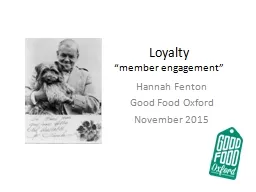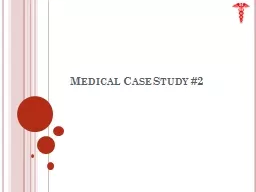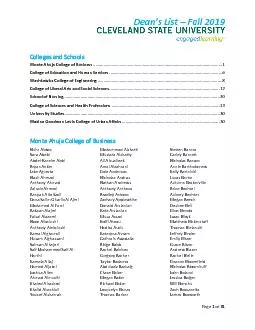PPT-Case Study By: Hannah McArthy
Author : marina-yarberry | Published Date : 2018-02-26
Pricing Strategy at Officenet Staples Published by the Case Research Journal IT system used by Officenet Staples ON serves simply as a customer database it does
Presentation Embed Code
Download Presentation
Download Presentation The PPT/PDF document "Case Study By: Hannah McArthy" is the property of its rightful owner. Permission is granted to download and print the materials on this website for personal, non-commercial use only, and to display it on your personal computer provided you do not modify the materials and that you retain all copyright notices contained in the materials. By downloading content from our website, you accept the terms of this agreement.
Case Study By: Hannah McArthy: Transcript
Download Rules Of Document
"Case Study By: Hannah McArthy"The content belongs to its owner. You may download and print it for personal use, without modification, and keep all copyright notices. By downloading, you agree to these terms.
Related Documents














